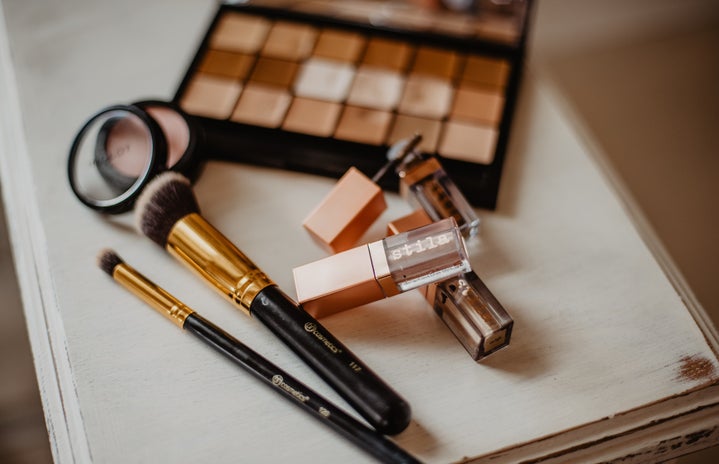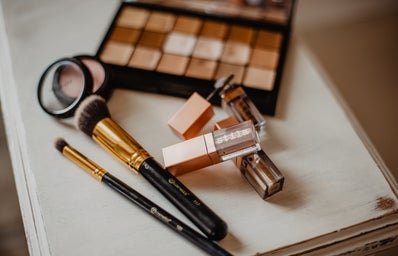article by divya vakkalanka
Beauty products have been trending like no other these past few years and it’s easy to fall into the trap of overconsumption, especially when the packaging is pretty.
It’s important to know what your skin needs and find products that fit those needs, rather than purchasing multiple products that are ineffective. Starting with a singular product or two rather than multiple is key to limiting waste.
There are many ways to be sustainable and consume beauty products consciously to reduce your environmental impact and still meet your needs. One of the biggest things to consider regarding sustainability is eliminating unnecessary waste. For example, using a beauty blender instead of single-use beauty wedges.
In terms of skincare, Korean beauty has been becoming increasingly popular. Some of the popular products purchased include toners and now, toner pads. Toner pads are essentially thin sheets soaked in toner that can be rubbed onto your face or kept on like a face mask.
Megan Chen, a senior accounting and finance major, tries to incorporate sustainability into her beauty routine by not following microtrends that start and die out quickly. Rather than buying toner pads, she believes that “a regular toner in a bottle would get the same effect rather than just putting it in a pad and being wasteful.”
Beyond microtrends, the packaging of some beauty products uses an excessive amount of plastic.
Kim Kardashian, who launched a beauty brand called SKNN, has come under fire in recent years for promoting her brand as sustainable with refillable packaging. The packaging, however, was made from layered plastic that could be replaced but was not reducing the usage of packaging altogether. When purchasing refillable products, it’s important to know how refill packs can be disposed of, and if it’s limiting more waste from being generated.
On the other hand, some small businesses have been trying to be less wasteful in terms of packaging. Neil Vosters, who owns Randalia Bee Hives and sells his products at the farmers market on campus and Amazon tries to limit his impact on the environment.
“I cut up Amazon bags because I buy a lot of my oils and… raw materials from Amazon,” Vosters said. “And I recycled the boxes.”
“I’ve had a couple of comments on it,” Vosters said. “I’m trying to help the environment by reducing my carbon footprint and it’s safe, but I just cut up boxes…it’s nothing fancy.”
When navigating through the trends and fads of beauty, it’s always important to consider how we as consumers can make informed choices on sustainable beauty. Whether that’s doing extra research on if the product is useful or knowing how to dispose of the product after using it, that conscious choice can make a difference one product at a time.


